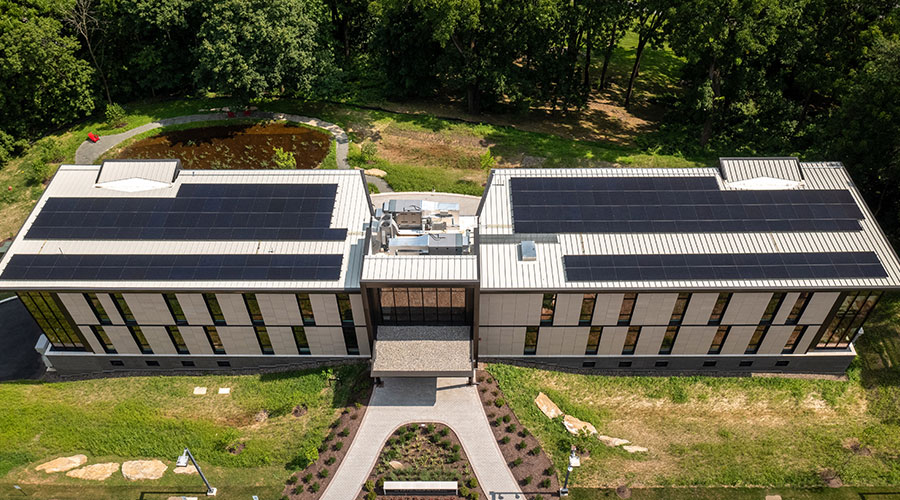Environmental Rules, Innovation Could Mean New Golden Age of Roofing
In the last decade there has been an intensive effort in the United States to address health, safety and environmental issues in relation to roofing materials. Driven by codes, regulations and concerns about depletion of natural resources, the industry has developed technologies and materials that will be used from this point forward. Facility managers who understand these new materials and codes will be in the best position to take advantage of innovations that are reshaping the roofing industry.
As we enter the second decade of the 21st century, many modifications are being made to low-slope roofing systems. The recent changes are minor modifications compared to the vast changes that occurred near the end of the 1990s. In the time period from the 1980s through the end of the 1990s, the low-slope roofing market witnessed its greatest changes in materials and technologies since World War II.
The changes — which included advances in single-ply and modified bitumen systems, as well as the reduction in use of hot-applied systems and increased use of cold-applied and self-adhered membranes — were largely driven by economics, reductions in the workforce and environmental considerations. All of these issues continue to be vital concerns in the market. In fact, a recent poll about roof purchasing habits indicates that environmental issues are now the No. 1 factor in the selection of roof materials for consumers, while the material's ease of application is the first priority in the contractor's selection process.
Related Topics:













